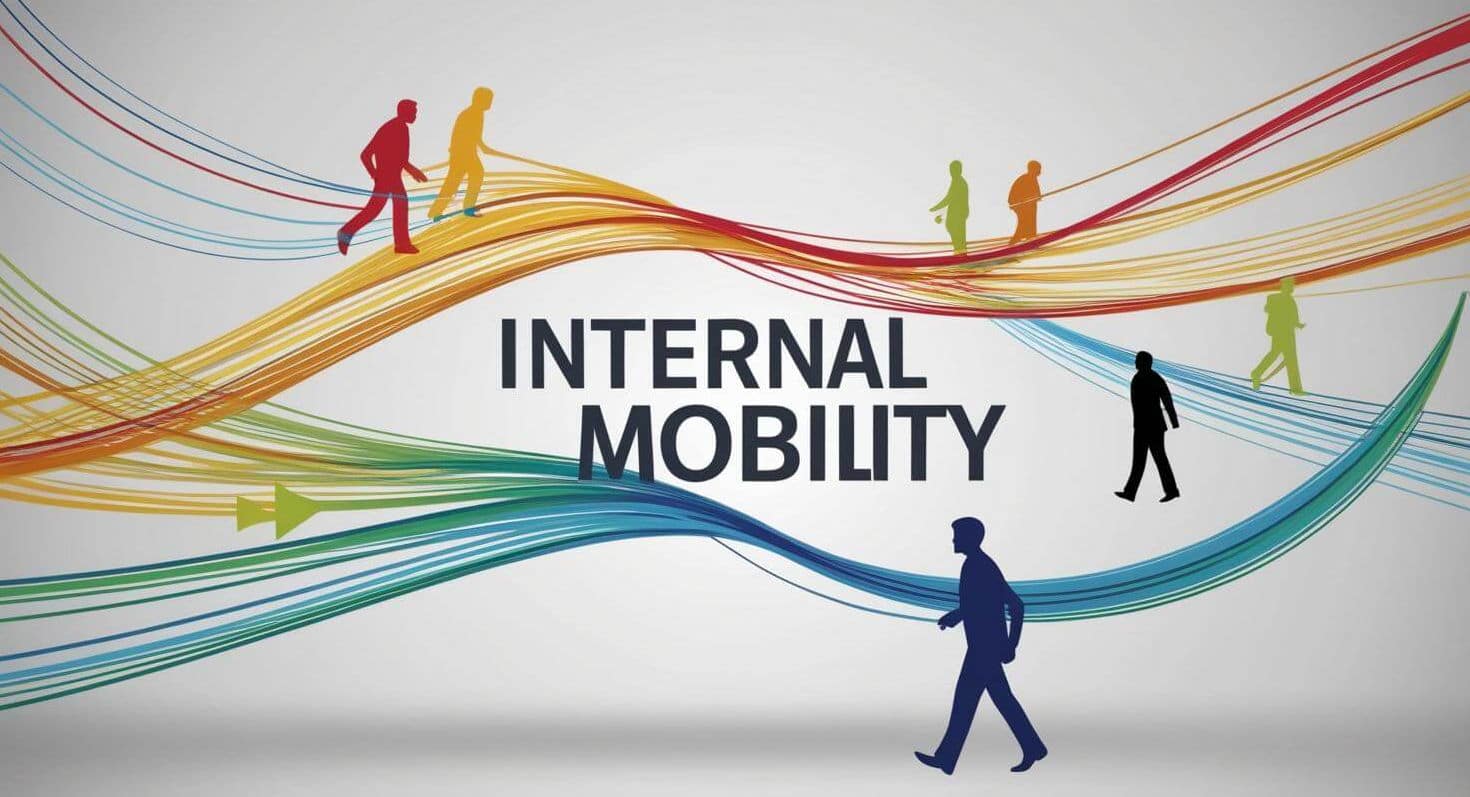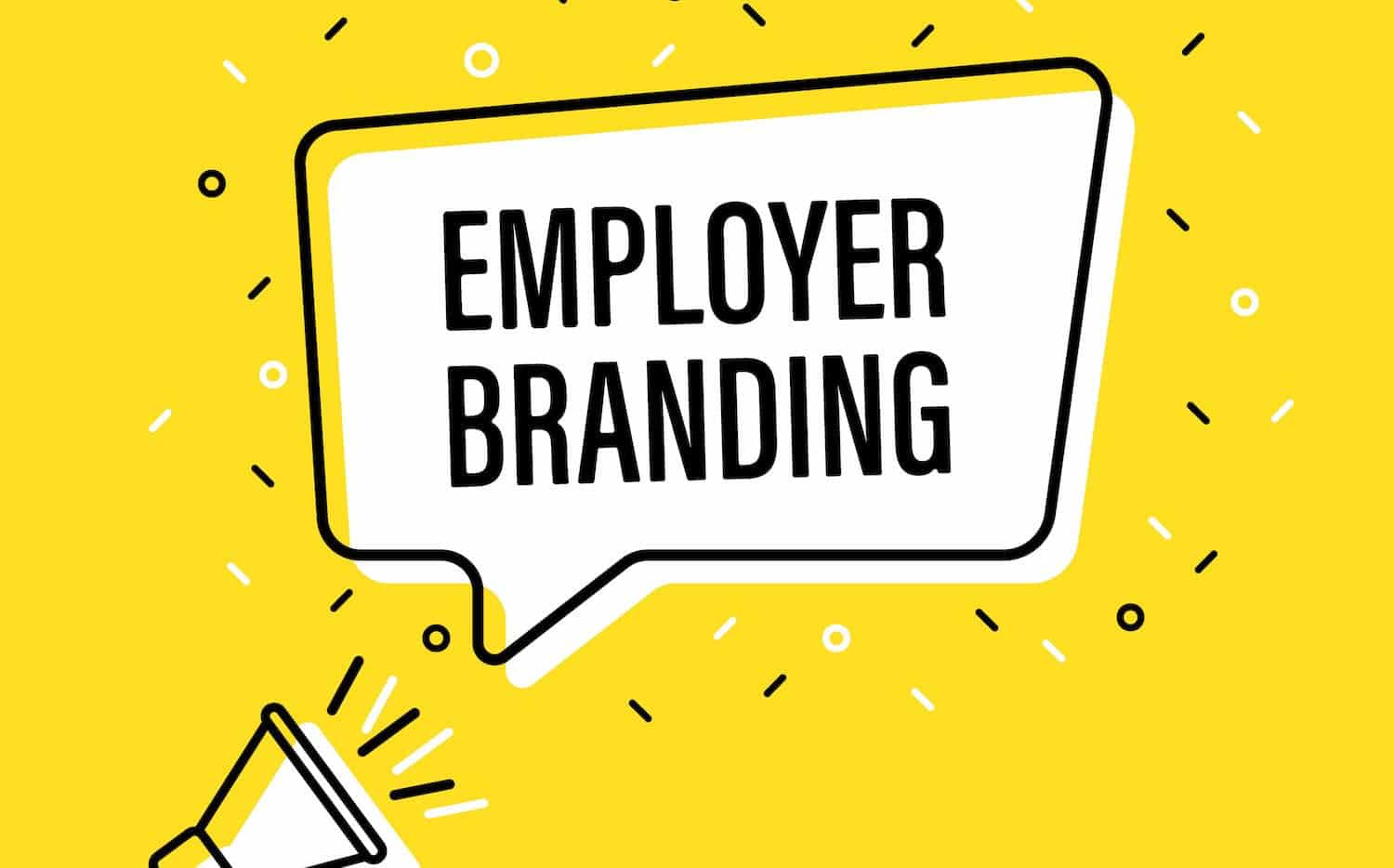HR leaders have progressed from basic vacancy filling to become strategic developers of organizational resilience. The separate strategic instruments of talent analytics, candidate experience, DEI hiring practices, AI recruitment systems, internal workforce mobility, workforce planning and employer branding work together to produce measurable improvements in hiring speed and quality of hires and staff retention and employer reputation.
The article provides an actionable data-based strategy which HR executives and recruiters can use to improve their important metrics.
1-Talent analytics: the engine of smarter hiring decisions
The field of talent analytics represents a systematic method which converts organizational data into hiring results. Organizations which make recruiting decisions based on data tend to achieve reduced hiring durations and produce candidates of superior quality who demonstrate improved first-year retention rates.
What to measure
-
- Time-to-fill and tiempo para contratar by role and function
- Quality of hire: performance ratings at 12 months, ramp time, and early turnover
- Source of hire efficiency: cost per hire by channel, yield rates from screening to offer
- Interview to offer ratios and interview fatigue indicators to optimize the candidate journey
Quick benchmarks you can aim for
-
- Organizations that implement analytics for hiring operations can expect a 15–25% reduction in recruitment duration during the first half year to one year period.
- Data-driven screening leads to better 12-month performance ratings which show quality-of-hire improvements of 10–20% for specific roles.
- The alignment of analytics-based touchpoints with candidate journey stages leads to a 20–30% increase in candidate conversion rates.
How to start
-
- Develop an elementary analytics system which tracks the different stages (attract, screening, interview, offer, inducción) through consistent metric collection at every stage.
- Develop executive dashboards which present 3–5 KPIs together with specific targets and designated ownership responsibilities.
- Start with one to two pilot roles or teams to prove return on investment before expanding the program
2-Candidate experience: the heartbeat of your employer brand
The quality of experiencia del candidato stands as a crucial factor because it directly impacts how many candidates accept job offers while strengthening employer brand reputation and maintaining employee retention rates.

An organized process which shows respect and delivers information on time will cut down candidate exits while presenting the market with evidence that your organization treats employees well.
What to optimize
-
- Responsiveness: time-to-initial screen, time-to-interview, and interview scheduling ease
- Consistency: standardized interview loops, unbiased evaluation criteria, and feedback cadence
- Communication: transparent status updates, clear next steps, and realistic timelines
- Accessibility and inclusion: accessible technology, bias-free early screening, and inclusive interview practices
Benchmarks to guide improvement
-
- Consistent timely communication with candidates makes them 2–3 times more probable to accept employment offers.
- The extent of interview fatigue reaches 15–25% reduction in offer acceptance when interview loops exceed two to three weeks.
- Employer brand sentiment experiences a 20–30% positive change through well-designed candidate experience according to external perception surveys.
Practical steps
-
- The candidate journey needs complete mapping followed by bottleneck identification to create SLAs for each stage which should include responses within 48 hours after application and interview feedback delivery within five days.
- Organizations should deploy scheduling automation alongside standardized interview guides to minimize variability in their hiring processes.
- Use post-interview surveys combined with Net Promoter Score (NPS) at key points to measure candidate experience and then make visible changes based on feedback.
3- DEI in hiring: moving from compliance to competitive advantage
DEI operates as a strategic performance driver that brings both innovation and retention benefits to organizations. The most effective DEI programs tie inclusive practices to measurable business outcomes.

What to measure
-
- Representation at each stage of the funnel (application, screening, interview, offer, hiring)
- Selection rate gaps across protected groups and disaggregated offer-acceptance data
- Bias mitigation outcomes: use of structured interviews, standardized rubrics, and diverse interview panels
- Inclusive talent sourcing: supplier diversity, partnerships with diverse talent pools, and the impact on candidate quality
Benchmarks to aim for
-
- A year of implementing structured hiring processes should lead to a 5–15% increase in underrepresented groups within hiring pipelines.
- Parity in interview-to-offer conversion rates for underrepresented groups can be achieved within 12–18 months by implementing bias-reduction practices.
- The first 12 to 24 months will see measurable improvements in retention rates of diverse hires through enhanced hiring practices and development pipeline systems.
What works in practice
-
- The hiring process needs to use a structured system with bias-mitigated interviews that apply standardized assessment rubrics and specific criteria for evaluation
- Diverse panels during interviews should include scoring systems which produce uniform results to prevent scoring inconsistencies
- DEI targets need to be linked to talent pipelines as well as internal mobility and leadership accountability to ensure proper implementation.
4- AI in recruitment: actionable uses and guardrails
AI technology serves as a powerful tool to enhance efficiency while maintaining consistency and scaling operations but organizations must implement responsible AI practices to protect trust and candidate experience.

What AI can automate or augment
-
- Role-based criteria enable systems to perform resume screening and match candidates during the recruitment process.
- The chat-based assistant system should handle interview scheduling and candidate interaction duties.
- Candidate ranking dashboards allow decision-makers to make choices while maintaining human control over all assessment decisions
- Predictive analytics for candidate fit, turnover risk, and ramp time.
Guardrails and best practices
-
- Organizations must perform ethical AI audits to detect bias in models and provide clear explanations while avoiding the use of unexplained scoring systems.
- The organization must define who manages rules and maintains data quality and monitors results through established governance structures.
- The hiring process needs to display AI usage through transparent communication that includes human intervention for crucial decision-making tasks.
- Data hygiene: standardize data collection, address gaps, and protect candidate privacy.
Benchmarks to consider
AI systems reduce time-to-fill by 20–40% by handling routine screening and scheduling functions thus enabling human recruiters to focus on high-value assessment tasks.
The implementation of chat-based assistants leads to better candidate engagement through instant responses which results in satisfaction score improvements between 15-25%.
Practical approach
-
- Begin by implementing AI screening for volume roles as a first high-volume low-risk application then track its effectiveness
- Organizations should develop an AI governance model for ethical implementation with regular governance evaluations conducted every quarter
- AI systems exist to provide information while human decision makers should maintain authority at critical points during the decision process.
5- Internal mobility and workforce planning: future-proofing the organization
Internal mobility combined with proactive planificación de la fuerza laboral decreases external hiring expenses while decreasing hiring duration and maintains corporate expertise.

Internal mobility as a lever
-
- A properly organized internal mobility system enables the swift placement of available internal candidates into available positions
- The careers ecosystems that expose suitable internal candidates based on business requirements both boost employee retention and increase workforce participation.
Workforce planning essentials
-
- A skills taxonomy helps organizations both evaluate their existing capabilities and determine which gaps exist compared to their business targets.
- Demand-supply forecasting: scenario planning for different growth or contraction paths.
- The organization implements targeted reskilling and upskilling programs to bridge essential gaps while developing internal workforce mobility.
- Organizations should synchronize their external hiring strategies with employee movement trends that result from retirement and attrition events.
Benchmarks and impact.
-
- Companies with developed internal mobility systems experience both faster hiring for essential positions and greater employee retention rates.
- Organizations which perform workforce planning effectively decrease their external hiring expenses while speeding up the time it takes new roles to reach competence.
- The implementation of a skills taxonomy which links to business results enables talent decision speed to increase by 20–30%.
Practical steps
-
- The organization should develop an internal mobility handbook that establishes clear guidelines for posting available positions and facilitating employee applications and role transitions.
- Organizations should develop talent marketplaces that function as central portals for showing internal career opportunities and include skills tagging and mentor connection features.
- The organization should unite workforce planning functions with budgeting and succession planning to ensure talent supply matches strategic objectives.
6- Employer branding: turning perception into qualified applicants
Organizations can convert their core values into concrete candidate quality and pipeline performance through employer branding. A powerful brand enables businesses to draw in candidates who match their organizational culture and job openings thus shortening hiring duration and boosting staff longevity.

What to focus on
-
- Real employee narratives together with professional advancement prospects and meaningful contributions should be displayed through authentic storytelling
- Evidence-based messaging: demonstrate outcomes with data (promotion rates, learning investments, diversity achievements)
- Active candidate engagement: responsive channels, career site optimization, and targeted content for key talent segments.
Benchmarks
-
- Employer branding which is strong leads organizations to receive more qualified candidates from their target market and results in better applicant quality.
- Organizations which maintain strong employer branding experience shorter recruitment durations and receive more diverse candidate pools.
Implementation tips:
-
- Branding needs to connect with talent analytics to track application-to-appointment metrics and source assessment quality together with message-driven conversion rates.
- Targeted campaigns for essential roles or areas of focus should be initiated first before implementing successful approaches at a larger scale. Monitor candidate sentiment post-application to refine brand storytelling
Measurable takeaway: a practical, action-oriented starter plan
3 steps to reduce time-to-fill by 20% in 90 days
-
- Step 1: Map and optimize the candidate journey. The three primary delays that lead to extended processing times stem from screening queue backlogs scheduling gaps and slow feedback periods. The organization should set response SLA at 48 hours for applications while maintaining a 5-day interview feedback cycle.
-
- Step 2: The organization should begin a basic talent analytics pilot program which will focus on a major high-volume role. The tracking system should monitor time-to-fill alongside interview-to-offer and offer acceptance for this function to achieve specific performance milestones such as 15–20% faster cycle times before implementing the solution across all functions.
-
- Step 3: The pilot role needs AI-assisted scheduling and screening systems with human supervisors who maintain oversight. The system employs structured interview rubrics combined with bias-mitigated processes to speed up decision-making while preserving high-quality results. The monitoring of candidate experience scores will ensure rapid progress does not negatively affect how candidates perceive the process.
Putting it all together: a connected framework for HR leaders
- Begin by establishing talent analytics as your main operational foundation. The system tracks monthly progress for 3–5 executive KPIs which include time-to-fill and quality of hire and retention and candidate experience.
- The hiring value chain should incorporate DEI alongside candidate experience and employer branding as a unified system. Better outcomes result from using structured interviews together with diverse panels and inclusive sourcing methods and authentic branding approaches.
- The deployment of AI should be strategic to perform automated tasks that preserve human evaluation during crucial candidate experience and fit-based decision points.
- The organization should develop internal mobility systems and workforce planning methods to decrease external employee turnover and improve the speed at which essential positions reach competency levels.
- Employer branding requires data-based approaches which measure content performance together with candidate sentiment and conversion rates to enhance messaging quality and reach effectiveness.


